Q & A With Photographer JAMES CHIANG
I got a sneak peek a few weeks back at San Francisco advertising photographer James Chiang’s new website and have been looking forward to this interview ever since. With his photography, Chiang masterfully captures moments that reveal an authenticity and humanity and brings these qualities to his advertising work.
Recently he has been working predominantly with the major pharmaceutical companies and social service agencies and organizations including the San Francisco Food Bank and the California Teacher’s Association, but his client list also includes a long history with Nike, Toyota, Microsoft, Levi’s, Cisco, and Adidas. In addition to his busy shooting schedule, Chiang is an MFA instructor in the commercial photography department at the Academy of Art University.
I had a few questions for him and he had answers as mysteriously poignant, thoughtful and full of heart, laughter and passion as his photos.
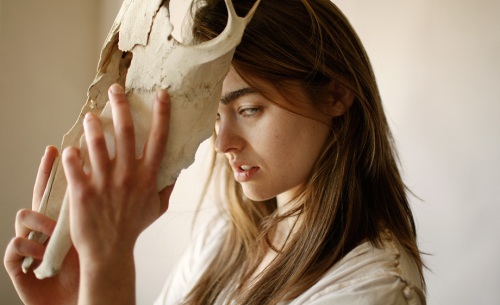
m.

oakland

sister maggie
POP: I hear you’re a collector and that your studio is filled with guitars. Any favorites or good stories behind how you found one?
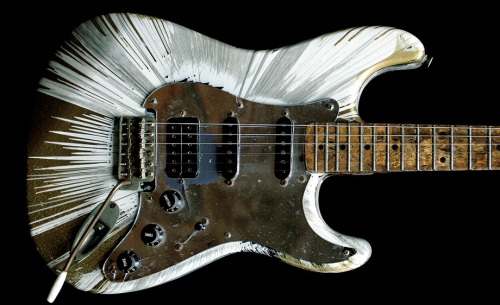
katrina flood salvation #1
The most coveted ones were gifts from other guitarists, some that they recorded albums with and gave history to. I also dabble in being a hack guitar builder, and among the aforementioned lines, cobbled three together as a series with salvaged parts that were submerged in the floods of hurricane Katrina. They bear evidence of that grim history. I’d wanted to honor that visually/tonally but the object lesson was to give them an opportunity to perhaps make something beautiful again, as they were intended. Music.
POP: What is the single most important thing you teach your photography grad students?
We’ve all heard this before, but I can’t think of anything that is more important.
Be yourself.
Every student is already aware of this. They all have a strong constitution. It is just something that we emphasize repeatedly.
In the most distilled way, it breaks down, thusly:
-have a voice, say something worthwhile. mean it.
-look outside of photography for the language you put back in.
-try not to be entirely self focused. do selfless things, think about others.
-exhaust all options to help yourself before you ask help from others.
POP: There seems to be a lot of heart and quiet in your work. Would you say that’s right?
Most of it is informed by memories. Great ones, difficult ones or those that are just missed terribly.
Much of that DNA finds itself bled into the images in hopes that it can evoke a similar singular companionship with the viewer.

peyton
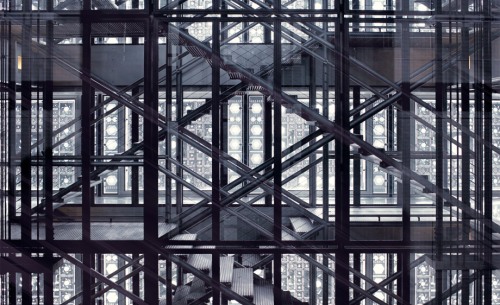
l'institut arabe du monde
POP: Where do you find inspiration?
At arms length really. The things people say, and mean, and do, with sincerity. Beyond that nothing else could be as important.
POP: This really comes through in a very beautiful authenticity in your images.
POP: Do you have a recent favorite project?
I’ve really been enjoying working with pharmaceutical companies to find visual narratives where human challenges intersect with managed healthcare in nuanced and sensitive ways.

untitled
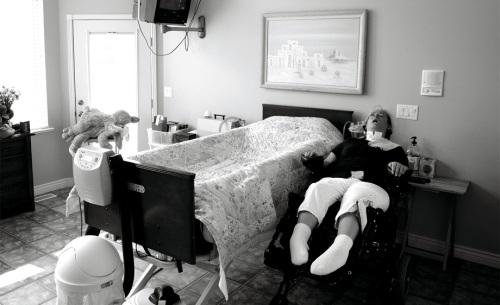
kelly van voris
On a personal aside, recent collaborations with great artists have been tremendously inspiring- Alejandro Chavetta, Singer Blake, Ken Baldwin. My long time friends at Nice Collective and I are also putting a book compendium together and I am really excited about that.
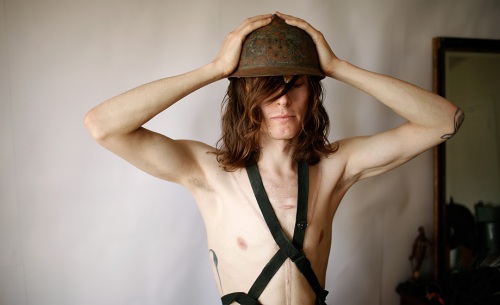
s.
POP: Can you talk about your personal work and its relationship to your commercial work.
It would come as no surprise to anyone that knows me to say that there are creative pursuits that I enjoy more than photography. Painting, or making music, for instance. Photography is not the catalyst but rather the eventuality whereby all of those fractured and disparate elements are then melted together in hopes of making some sense of it, in a way that we all strongly attach to, which is the visual paradigm.
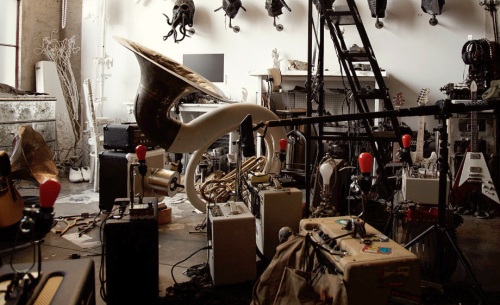
chiang studio
Frankly I think one of the only reasons I get hired is that I am desperate to inject the objective of commercial constructs with some semblance of realness, authenticity, empathy in ways that we hold dear in real life. For all intents and purpose I draw heavily upon my admiration of documentary photographers. I think I have gotten job opportunities for this reason and conversely, passed over for them as well.
POP: Day in the life.
I like to push my dog Noi’s lips up on his gums and call him snaggletooth at least once a day. He also smells like a savoury bakery, so i can smell the top of his head and get a fix, as needed.
POP: Ever driven a race car?
Hahaha, I have some interest in those things. It’s a relative parable isn’t it? Race cars have roll cages, five point harnesses, HANS devices, run-off areas to spin out. Yet we identify these things as paragons of speed, an ordered chaos. But is it really better than being 5 and pushing your plastic big wheel down a hill with just a prayer? The soap box derby in Bernal Heights? I mean gals and guys are riding down San Francisco’s gnarliest hills atop a rolling flat sheet of plywood in shorts with just a rope to hold on to. Ever run from an angry dog? Or surfing. Haven’t done that and I can’t imagine anything more exhilarating and all-consuming.
POP: What photographers inspire you?
The well known and oft mentioned are just that, so i won’t retread that shoe. A bit lesser known folk, non commercial, equally brilliant—Abby Ross, Heather Michaels, Julie Glassberg, Rachel Brennecke, Rachel Waniewski. These folks march to the beat of their own drum and aren’t afraid of taking a different tack away from prescriptive image making.
POP: Influences?
Josh Kirschenbaum has always been my greatest influence. Peers that formed amongst ourselves a camraderie early in the struggle—that spirit carries on today—Alex Berg, Shin Kishima, Joe Budd, Paul Trapani, Stephen Rahn.
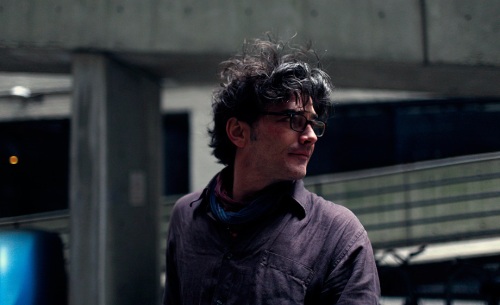
alexander berg
I’ve learned so much from every one of my former students and they’ve all gone on to do amazing things.
Short bio.
There are two camps of artistic temperament. Those that are prepossessed with an innate talent and evocative metaphysical language abilities. There are others that arrive at some lesser facsimile only through the path of hard work and repetition. Grinders, so to speak. I fall into the latter arena—simple, unremarkable, rather normal. I just try really hard to be able to even land somewhere in the middle. It’s not self doubt—I am very aware of the aforementioned difference between innate and earned.
Beyond that hyperbole, I like ice hockey, bears, and analog tape.
Filed under: advertising photographer interview, editorial photographer interview, photographer interview | Leave a Comment
Tags: abby ross, alejandro chavetta, alex berg, california teacher's association, heather michaels, james chiang, joe budd, josh kirschenbaum, julie glassberg, ken baldwin, nice collective, paul trapani, rachel brennecke, rachel waniewski, San Francisco advertising photographer, san francisco food bank, shin kishima, singer blake, stephen rahn
No Responses Yet to “Q & A With Photographer JAMES CHIANG”